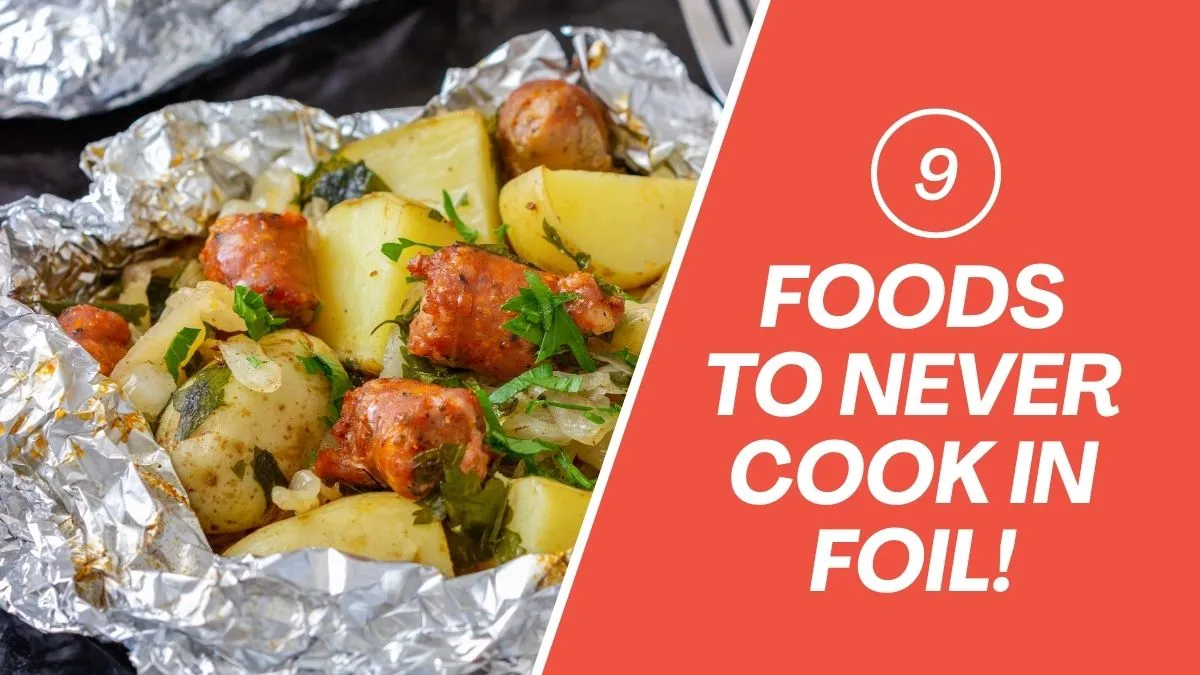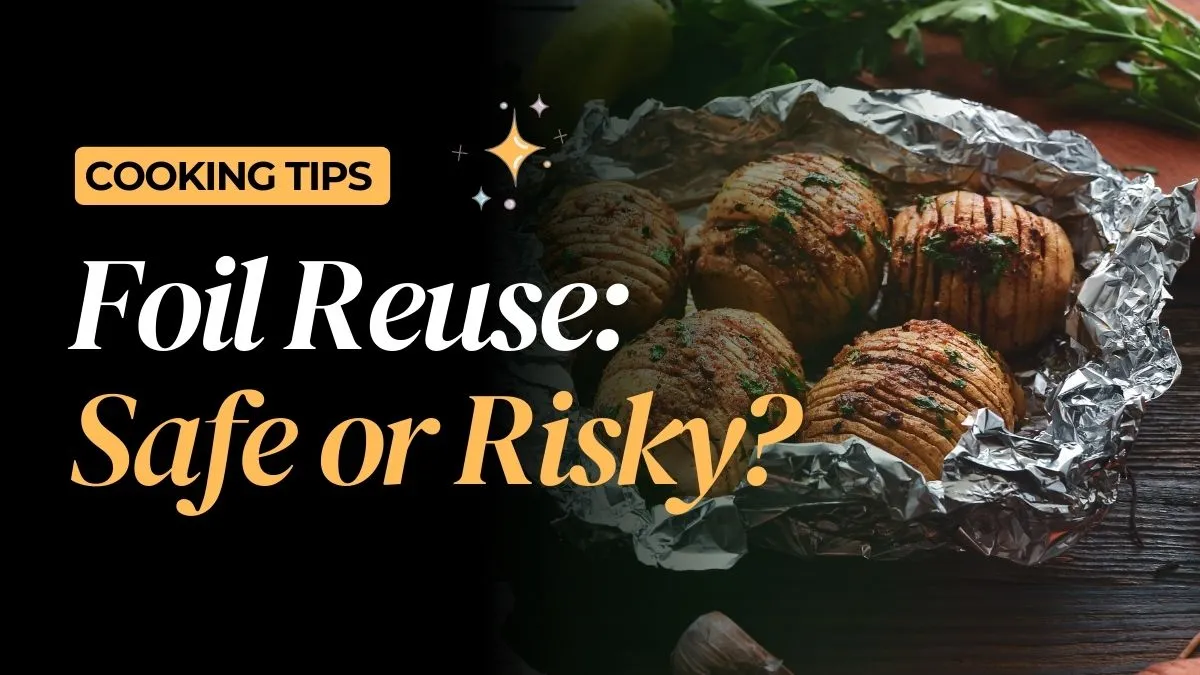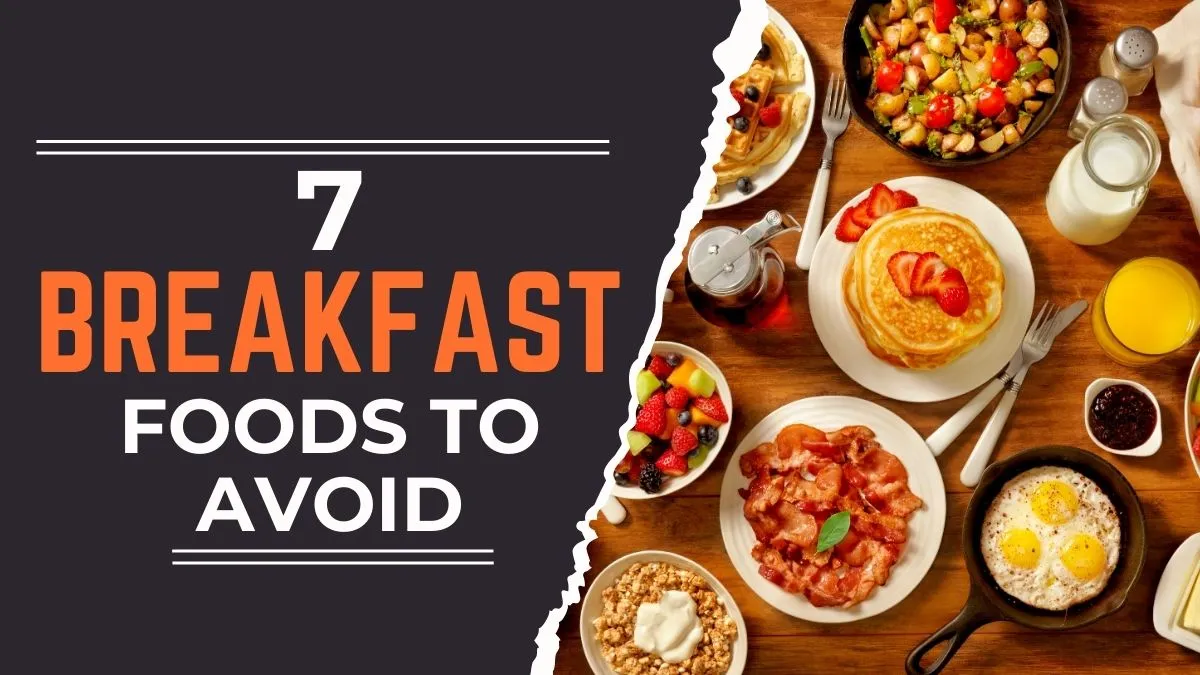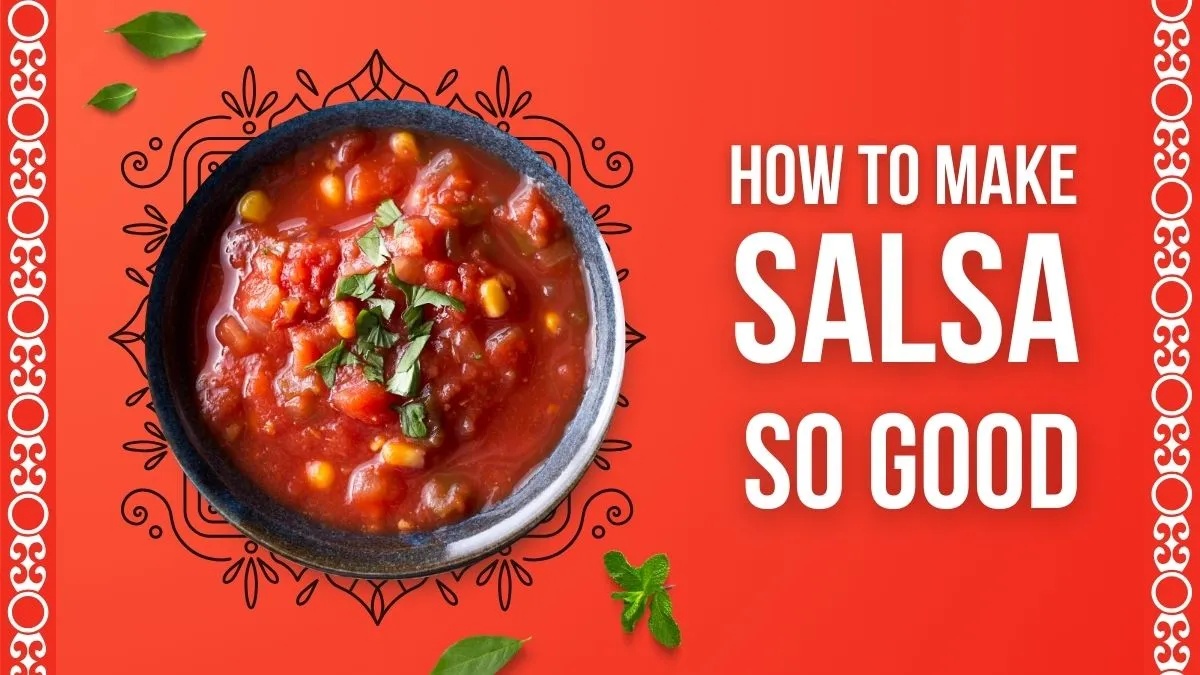Heavy Cream, Whipping Cream, or Half-and-Half: What You Pick Changes Everything

Have you ever poured half-and-half into a creamy pasta sauce only to watch it separate and thin out? Or tried to whip heavy cream that just wouldn’t hold? It’s not your fault — it’s the cream. Choosing between heavy cream, whipping cream, or half-and-half isn’t just about richness — it’s about chemistry, texture, and timing. And getting it wrong can quietly sabotage your dish.
The Cream Confusion Is Real
We’ve all stood in the dairy aisle, staring at nearly identical cartons, wondering: What’s the actual difference? They look the same, cost about the same, but behave completely differently in the pan, in the bowl, or in your morning coffee. This isn’t just a kitchen detail — it’s the invisible line between silky risotto and broken sauce, fluffy whipped topping and sad, runny mess.
Heavy Cream: The Power Player
This is your go-to when you need something to hold. With 36–40% milk fat, heavy cream doesn’t just add richness — it stabilizes. It’s the backbone of velvety soups, custards, and ganache. When heated, it won’t split easily. When whipped, it holds peaks like a promise. If your recipe demands luxury and structure, this is the one.
Whipping Cream: The Delicate Performer
Don’t be fooled — whipping cream (30–36% fat) isn’t just a lighter version of heavy cream. It whips beautifully, yes, but it’s less stable. It’s perfect for dolloping on pie or folding into mousse, but it can’t handle high heat like its heavier cousin. Use it when you want soft elegance, not endurance.
Half-and-Half: The Compromiser
Half milk, half cream — roughly 10–18% fat — half-and-half is the peacekeeper. It adds a touch of silkiness without overwhelming. Great in coffee, light sauces, or scrambled eggs. But don’t boil it. Don’t try to whip it. It wasn’t built for drama. It’s the quiet one that keeps things balanced — just don’t ask it to do too much.
When Your Sauce Starts to Break… It’s the Cream
That moment when your Alfredo turns grainy or your curry separates? Likely culprit: using half-and-half instead of heavy cream. Lower-fat creams curdle under heat and acid. If your dish involves simmering, deglazing, or wine, go heavy. Fat protects. Fat emulsifies. Fat saves dinner.
Whipped Cream That Won’t Hold? Check the Label
If your whipped cream looks more like soup than clouds, you probably used whipping cream when you needed heavy. The extra fat in heavy cream creates a stronger network of air bubbles. It holds shape, travels well, and survives a warm kitchen. For pies, cakes, or anything that sits out — don’t risk it. Go heavy.
Coffee Creamer Confusion
Half-and-half is king in coffee — it softens without drowning the brew. Heavy cream works too, but it’s rich. Like, “you might need water after” rich. Whipping cream? Overkill. If you want a café-style latte at home, stick with half-and-half or a splash of whole milk. Save the heavy stuff for dessert.
Baking Isn’t Forgiving
In custards, cheesecakes, and ice creams, fat content changes texture forever. Heavy cream gives dense, creamy results. Whipping cream yields something lighter. Half-and-half? It can make baked goods weep or curdle. When baking, precision matters. Check the recipe — and honor the fat.
So Which One Should You Keep in the Fridge?
Honestly? Heavy cream is the most versatile. It can sub for whipping cream (just chill everything first), and in a pinch, you can stretch it into lighter uses. Half-and-half has its place, but it’s situational. If you only buy one, make it heavy. It’s the Swiss Army knife of dairy.
Read Also: 70+ Good Morning Cat Images To Make Your Day Purr-fect
Your Cream Choice Shapes the Mood of the Meal
Think about it: a dollop of airy whipped cream on berries feels playful. A swirl of heavy cream in a chocolate tart feels indulgent. Half-and-half in your coffee feels like a quiet morning. These aren’t just ingredients — they’re vibes. And the right one makes the moment feel complete.





